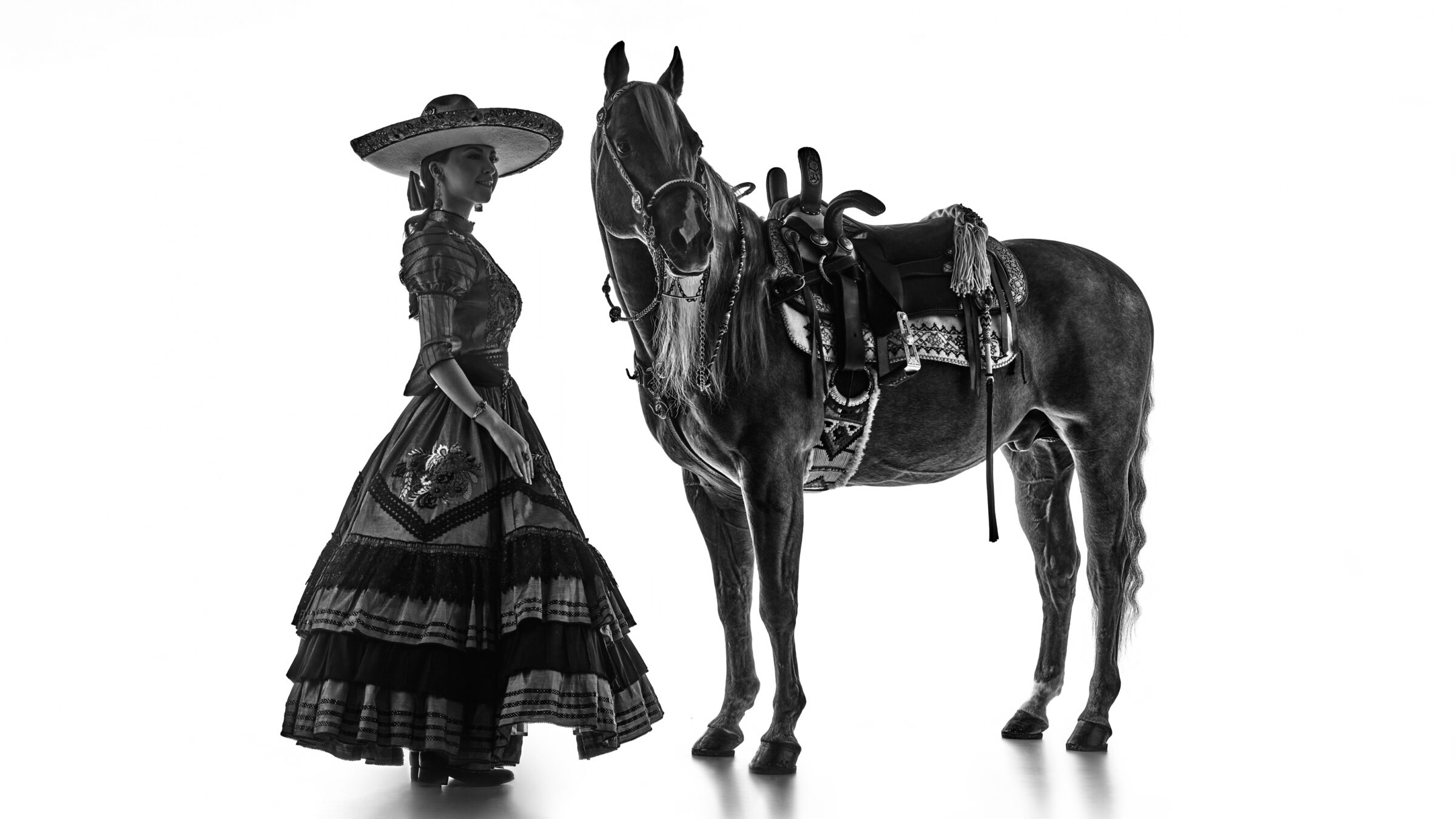Loreto is currently participating in an exhibition at the Museo de Arte Contemporáneo de Monterrey (MARCO) until January 2025. Curated by the talented Ariadna Ramonetti and Mauricio Maillé, the leading photography curator in Latin America, the exhibit offers a comprehensive review of photography produced over the past 40 years in the State of Nuevo León. Her series Rasgos Comunes is featured in the exhibition.
“The Phase One IQ4 camera played a crucial role in capturing the essence of the artwork.”
What was your training in photography?
At the time, there wasn’t a school in Monterrey dedicated solely to photography, so I pursued graphic design at the University of Monterrey (UdeM) to build a foundation for my creative vision. Later, I studied photography at the New England School of Photography (NESOP) in Boston, which truly expanded my visual language.
In my career, I’ve found fulfillment in both commercial and fine art photography. Over the years, my inspirations have evolved, particularly with my latest work, Rasgos Comunes, which is currently being exhibited at MARCO. This project is perhaps my most emblematic experiment. By capturing faces with almost abstract precision, I emphasize the traits we all share. Yet, photographing each person with technical exactness—almost as a ritual—reveals that individuality always emerges, something impossible to erase. Each portrait subtly exposes the deepest essence of the individual, like a controlled explosion of personality.
My approach is deeply influenced by the idea of the photographic essay as a form of experimentation. In Rasgos Comunes, I sought to document a unique community: the individuals who bring life to MARCO through their diverse professions and roles, many of whom often go unseen or unrecognized. This series pays homage to their contributions while also reflecting on the broader significance of MARCO as a cultural epicenter in Monterrey since 1991.
My greatest teacher has always been my lens. The relationship between what I see, what I imagine, and what I capture with my camera is intimate. My camera is my companion, helping me uncover the unobserved and turning it into a statement.

How were you inspired to choose your subject matter?
My focus on portraiture began when I started taking photos of my one-year-old nephew, quickly realizing how challenging it was to capture natural expressions in children. To do so, I had to immerse myself in their world, and that experience helped me understand the importance of connection in portraiture. Over time, I expanded from photographing children to working with families, and I realized that the essence of a good portrait—whether of a child or an adult—lies in forming a genuine connection. Without it, the photograph lacks depth.
This concept of connection was also at the heart of my project Rasgos Comunes. In this series, I photographed a diverse group of people working at a museum, from the janitor to the director, with the goal of exploring the sense of belonging in a community. To remove visual markers of status, I chose to photograph them with their shoulders bare, stripping away certain external cues, though I discovered that even without these markers, their individual identities still emerged in subtle ways.
In all my work, I aim to reveal the true essence of the person in front of me. Whether it’s a child or an adult, I strive to create a space where their spirit can emerge naturally. Throughout my career, I’ve been driven by a deep sense of curiosity and the question of whether it’s truly possible to capture a person’s soul through the lens. My passion for portraiture lies in seeking moments of intimacy and connection, allowing me to convey something deeper than just the image itself.
How did you choose Phase One gear?
People are limited by their beliefs. What I know is this: if you want something, you can have it—you just have to work for it. I didn’t want to compromise my work due to equipment limitations, so I knew I needed a camera capable of producing large-format portraits. I made the decision, worked hard, and made it happen.
While planning my first exhibition in Monterrey at Centro de las Artes, I envisioned large-format images, initially 31.4 x 31.4 inches. When I decided to print in a larger format of 78 inches, I began searching for a medium-format camera that could deliver the resolution and quality I needed. My search led me to social media, where I followed photographers using a well-known medium-format brand. At the time, investing in such equipment was a significant financial risk, and many colleagues told me it was too expensive. But I trusted my instincts.
When I saw my twelve large-format photos displayed at the museum for the first time, the impact was unforgettable. The leap in quality from 35mm was remarkable, confirming that I had made the right choice. Today, I am still one of the few photographers in my city working with medium-format cameras.
However, after some time, I realized that brand didn’t fully meet my needs. Extensive research led me to discover Phase One, a camera designed by photographers for photographers. The first time I saw it, I knew it was what I had been searching for. Around the same time, I upgraded my lighting setup for greater control.
I confirmed my decision during a live portrait session at MARCO Museum a couple of years ago. Using the Phase One camera in that setting was a spectacle in itself. The clarity and precision of the camera were on full display as I captured portraits in real-time, and the audience could witness firsthand the detail and quality it delivered. It turned the entire experience into a performance.
When I finally purchased the Phase One camera, the results were transformative. The difference was immediate—both in image quality and in the experience of working with it. Today, I shoot with the IQ4 XT and Rodenstock lenses, including the 80mm, 120mm, 28mm, 50mm, and 35mm.
There have been assumptions about my decision to invest in such high-end gear, particularly on social media, where some have said, “She must come from a wealthy family; that’s why she has that camera.” In reality, my journey has been built on hard work and dedication. My choice to invest in the best equipment was a personal commitment to my growth and the quality I deliver in every portrait. It’s easy to make assumptions, but the truth is, I’ve earned the resources to invest in myself and my business. Quality is paramount in my work, and having the right tools allows me to deliver without compromise.
As a photographer, my role extends beyond the images I create. Photography has given me a platform to discuss topics that matter to me. Over time, I’ve influenced and inspired others. I firmly believe that we are limited only by our beliefs. If you truly want something, it’s achievable through dedication and effort.
What is most challenging about being a professional photographer today?
Photography was once a slow, intricate process requiring great skill and patience. Now, with technology making it accessible to everyone, I often ask myself: Who am I as a photographer when everyone else can do what I do?
The challenge lies in finding your place in a world where every person with a camera is competition, and in maintaining faith in your own work.
Now, I feel like I’m at the beginning of a new chapter. The continuous learning has led me to focus on new projects that explore broader themes and deeper connections between individuals and their environments. Helicoidal, is a direct response to these questions about relevance and purpose. It delves into the industrial roots of cities and explores the roles of workers and their trades—people whose labor often goes unseen but whose work is fundamental to the identity and infrastructure of urban life. By focusing on their portraits, I aim to showcase their dignity, strength, and skill, highlighting the human element behind the industrial legacies that shape modern cities.
Helicoidal complements my other work by continuing to explore the relationship between individuals and their environments, but this time with a particular emphasis on the industrial heritage that has shaped cities across the world.
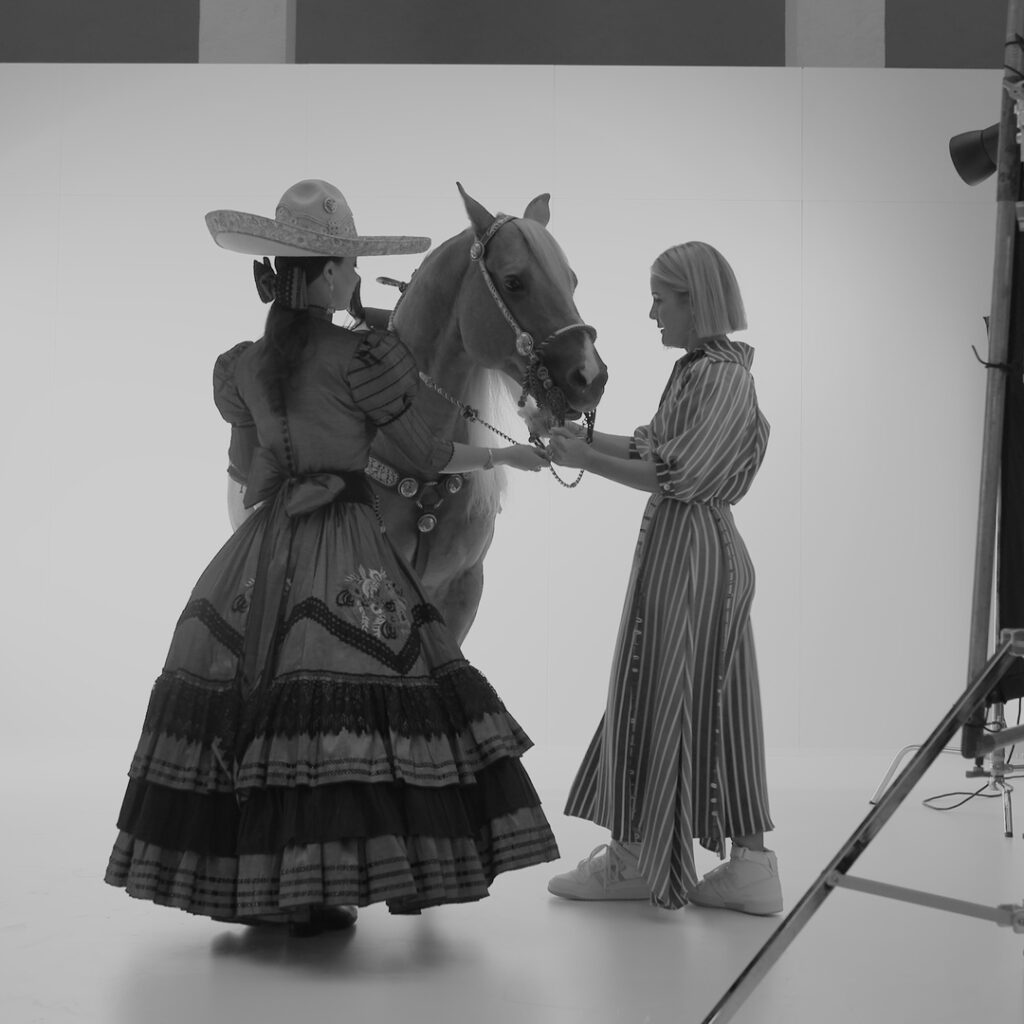



Are there any artists whose work has significantly inspired your creative process?
I’ve always felt a deep connection to the works of Cindy Sherman, Edward Weston, Juan Rulfo, and Leni Riefenstahl. Each of them, in their own way, has shaped how I think about the relationship between the body, identity, and storytelling.
Cindy Sherman, for example, explores the fluidity of identity through her self-portraits, using her own body as a canvas to reflect society’s constructs. Her work shows that photography isn’t just about capturing a moment—it’s about crafting a narrative.
Edward Weston’s work reminds us of the power of simplicity and form. His ability to transform everyday objects and human bodies into something almost sculptural teaches us to see the extraordinary in the ordinary. His use of light and shadow is a masterclass in composition, showing us how to slow down and truly observe our subject.
Juan Rulfo, although better known as a writer, captured the deep emotional landscapes of rural Mexico in his photography, much like his prose. His images are filled with a sense of stillness and contemplation. Rulfo teaches us about silence and how the quiet spaces between moments can be just as powerful as the moments themselves.
Leni Riefenstahl, a controversial figure but undeniably a visionary, used movement and composition to create dynamic, almost architectural images. Her technical achievements remind us that photography is about mastering your craft, understanding your tools, and pushing boundaries

What advice do you have for someone who is beginning their photography career?
My advice for anyone starting a photography career is the same as for any other field: stay humble enough to always be a student, brave enough to make mistakes, and disciplined enough to strive for excellence. Most importantly, remember that no matter how many have come before you, you are the first to stand exactly where you are, with your unique perspective, insight, and intuition. Value that uniqueness. Don’t take yourself too seriously—a bit of humor makes tough times easier. The best thing you can ever be is yourself, so relax, enjoy the journey, and remember that this is just the beginning.
Photography is not just about the images you create today, but about being part of a larger continuum of ideas, emotions, and stories. By learning from others, you’ll find your own place in that continuum and, ultimately, discover your own voice.
What are your future goals?
My future goals revolve around staying inspired and continuing to inspire others. I want to build upon everything I’ve done so far, using it as a stepping stone into new, uncharted territories—both creatively and personally. I aim to touch souls, connect with new hearts, and discover unexplored corners of the world. One of my greatest passions is experiencing other people’s art, understanding their perspectives, and learning how they see the world through their unique lens. I want to immerse myself in moments that feel like sparks of creativity and energy, where every encounter feels like a burst of inspiration.
A big part of my journey will be to travel more, not just to see different places, but to engage with diverse cultures, meet people who are like living pieces of art, and explore stories that have yet to be told. I want to capture these experiences through my photography, creating work that speaks to the beauty, complexity, and humanity of the world.
On a more personal level, my goals are also about living life with intention, seeking out moments of wonder, and being fully present in everything I do. I aspire to live as beautifully and deeply as possible, embracing every emotion, every challenge, and every joy. And as I do, I want to document it all—creating a visual and emotional record of my journey that not only reflects my experiences but also resonates with others, inspiring them to live more fully, too.
Ultimately, my future goals are about continuing to evolve as an artist and a person. I want to push the boundaries of my work, challenge myself to see things differently, and constantly strive to create something meaningful, something that lasts. Photography, to me, is not just about capturing images; it’s about capturing life in all its forms, and I want to continue doing that for as long as I can.
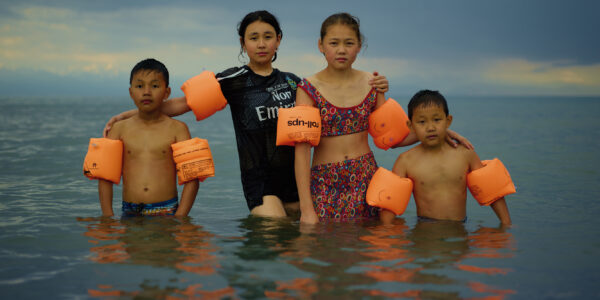
Photographer Stories
Intimacy in focus: Louise’s lens on humanity with Phase One_Part1
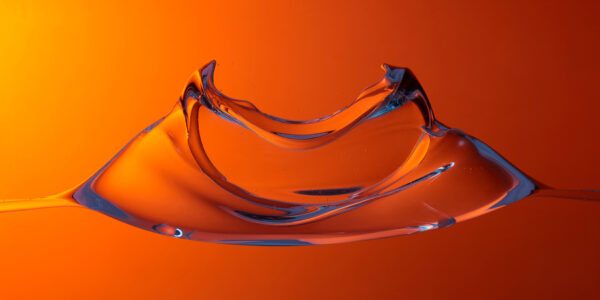
Photographer Stories
Dimitri Newman: Vision is Just the Start

Photographer Stories
Ashes: The Rebirth of a Camera- Hexmalo

Photographer Stories
Chandler Williams: A Photographer’s Path

Photographer Stories
TABO- Gods of Light

Photographer Stories
Tobias Meier – Storytelling Photography

Photographer Stories
Gregory Essayan – Curating Reality

Photographer Stories
Total Solar Eclipse – Matthew C. Ng
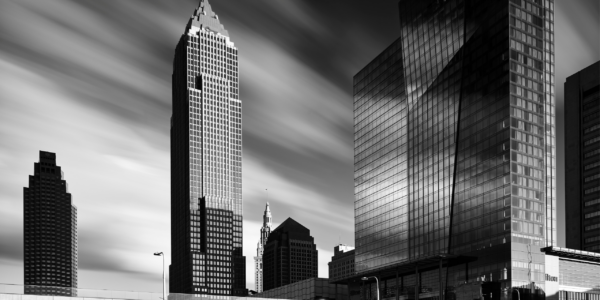
Photographer Stories
Roger Mastroianni – Frame Averaging
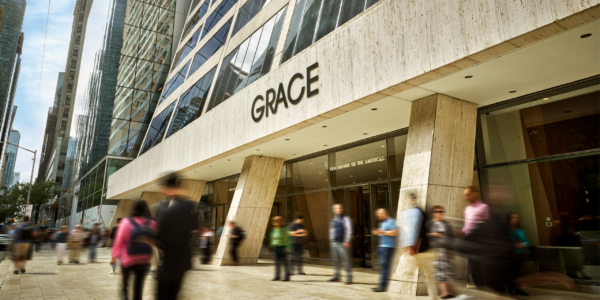
Photographer Stories
Matthew Plexman – Bringing portraits to life

Photographer Stories
Prakash Patel – A Visual Design Story

Photographer Stories
Karen Culp – Food Photography Ideas

Photographer Stories
T.M. Glass: Flower portraits
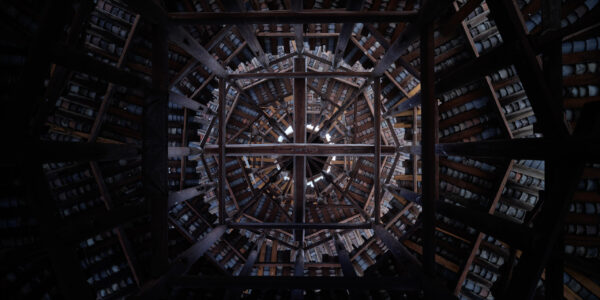
Photographer Stories
Preserving ancient Chinese buildings – Dong Village
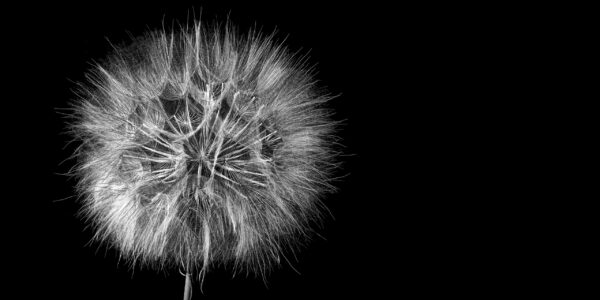
Photographer Stories
Jeff Puckett – The Art of Photogravure
